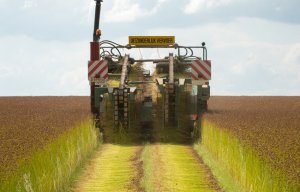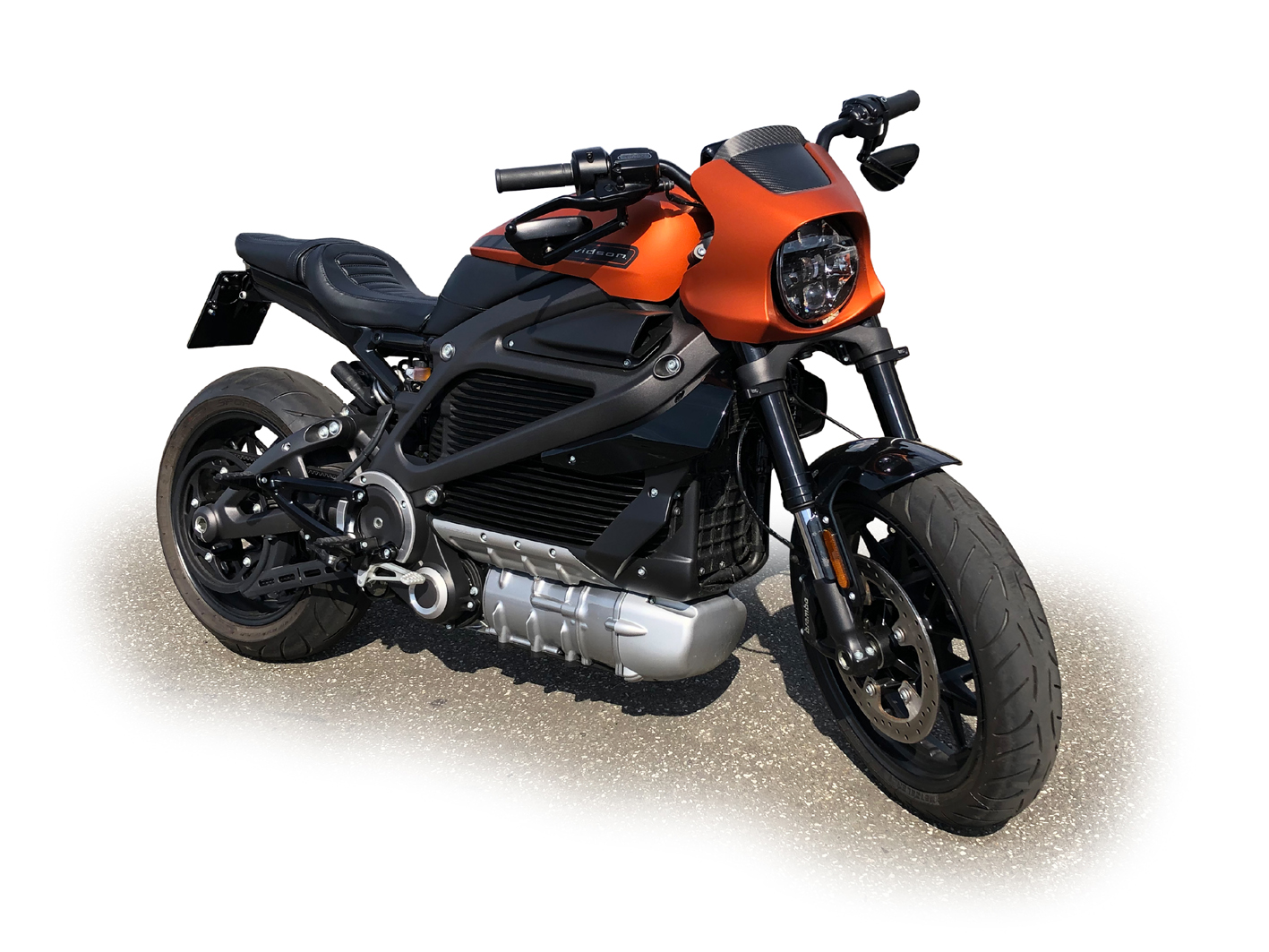
Europe’s flax harvest on track
Strength and stiffness with vibration damping and a significantly smaller carbon footprint for components.

3rd August 2023
Innovation in Textiles
|
Paris
Inherently sustainable flax and hemp fibres are increasingly finding favour with automotive OEMs, reports the Alliance for European Flax-Linen and Hemp, previously known as CELC.
Bcomp’s natural fibre composites, for example, have already been well-proven in demanding motorsport applications, but their recent incorporation into components for both the dashboard and doors on the new all-electric Volvo EX30 marks a milestone for flax in the consumer vehicle market.
The Volvo EX30 is now available for order or pre-order in selected markets.
Strength and stiffness
Using flax, composites can be produced that possess comparable strength and stiffness to those made with more traditional glass and carbon fibre reinforced plastics but that have a significantly smaller carbon footprint.
Further, flax fibre-reinforced composites can demonstrate better vibration-damping properties – reducing noise, vibration and harshness (NVH) – and are not prone to brittle fracture and splintering when they break, making trim and exterior parts safer in the event of a crash. This impressive property is further explained in a report published by the alliance in April this year, Vibration Damping in Flax & Hemp Fibre Composites.
With automakers also having to contend with significant battery pack weights for their latest electric vehicle offerings, the low density of natural flax fibres is another important benefit which Volvo, along with sportscar specialist Alpine and a number of customised motorcycle builders have all chosen to exploit.

Custom electric bikes by the UK’s LiveWire and DAB Motors in France, for example, both use natural fibre composites for bodywork components. Using 100% Bcomp ampliTex reinforcement, the lightweight parts blend high- performance with sustainability. Using flax in place of carbon fibre significantly reduces the CO2 footprint from cradle to gate, enhances vibration damping and offers viable end-of-life solutions.
Next generation electric
Also aiming to keep weight to a minimum, French manufacturer Alpine, had a clear project goal in mind – Alpine engineers were to electrify their A110 without compromising the performance, balance and agility of the current internal combustion engine (ICE) car.
Developed and launched in only 12 months, the new Alpine A110 E-ternité is an all-electric road car prototype that will serve as a test bed for electric systems and technologies for the next generation of electric Alpine vehicles.
The Alpine team worked with sustainable flax materials from Terre de Lin for key vehicle parts. Roof, bonnet skin, rear window, grill, seat backs and rear skirt components were all manufactured in lightweight flax fibre composites, providing excellent acoustic performance and helping the new vehicle meet its weight targets.
Restructured
The Alliance for European Flax-Linen and Hemp represents a newly restructured European industry which brings together the entire flax and hemp value chain around a common goal – to make European flax-linen and hemp the preferred sustainable premium fibres worldwide for fashion, technical textiles and natural fibre composite applications.
The sector is well supported by the key European Flax brand, as an indispensable passport for premium flax fibres grown in Western Europe, and both a certificate of origin and an absolute guarantee of traceability and quality.
France, Belgium and the Netherlands account for 75% of global flax production, with 145,000 hectares cultivated in 2022 – a 133% increase in cultivated surface area within a decade. Around 152,000 tons of long fibres were produced last year.

Business intelligence for the fibre, textiles and apparel industries: technologies, innovations, markets, investments, trade policy, sourcing, strategy...
Find out more